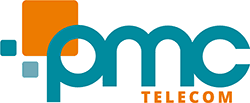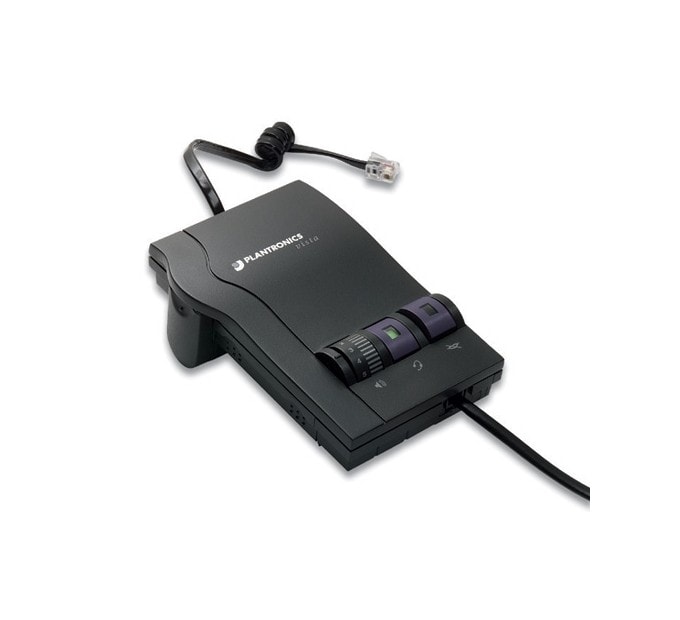Last updated on October 31st, 2022 at 04:22 pm
The wired office headset is perhaps the most popular general type of headset available – cost effective and easy to use, wired headsets are ideal for the user who sits at a desk and uses the same telephone, console or computer day in, day out.
Connectivity on the face of it should be straight-forward with a wired headset, however with all the different telephone manufacturers, devices, PC’s Softphones and combinations of headsets it can be an absolute minefield for the first-time buyer to know what exactly they need to buy.
With our blog here, we’ll try to demystify some common questions that arise when purchasing wired headsets for phones, PC’s or even mobile phones.
Once you’re a little familiar with things, it’s not too daunting, you’ll be confident in knowing that at the very least, have the confidence to ask the right questions when buying your wired headset.
Table of Contents
Tops, bottoms & quick disconnects!
Wired headsets are usually sold in two parts, “the headset top” and “the bottom cord”.
Headset Tops
The headset top part is the main part of the headset, the part that goes over your head with the microphone attached.
The headset top will have a Quick Disconnect piece at the end of its cable (as shown in the picture) that allows a Bottom Cord to be connected.
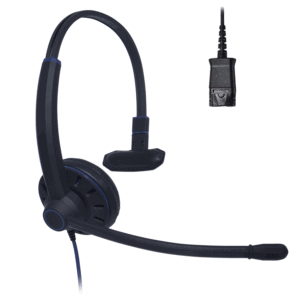
Bottom Cords
The bottom cord is the part that connects to your device.
Bottom cords are almost always curly and can flext quite far, giving the user an element of freedom of movement whilst wearing the headset.
Notice the two ends are slightly different. The larger piece is the quick disconnect piece.
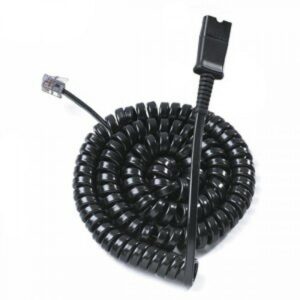
It is the bottom cords which are important to determine compatibility with your device, as they are completely interchangeable and relatively inexpensive to buy.
Quick Disconnects
Both headset tops and bottom cords are connected to each other via a quick disconnect piece. This allows the user to connect or swap out bottom cords that are compatible with their device very easily and quickly.
A note about Quick Disconnects (QD’s)
There are in general three different types of Quick Disconnect (QD) to bear in mind, being designed by three of the biggest headset manufacturers – Plantronics, Jabra and EPOS/Sennheiser. It’s worth noting which type of quick disconnect you have on your headset. If you have a Plantronics, Jabra or EPOS/Sennheiser headset, then you simply need to buy a compatible bottom cord by the same manufacturer, however most other brands of Wired Headset that PMC Telecom stock such as Project Telecom and JPL use a Plantronics compatible style QD so any Plantronics Compatible bottom cables will work with those.
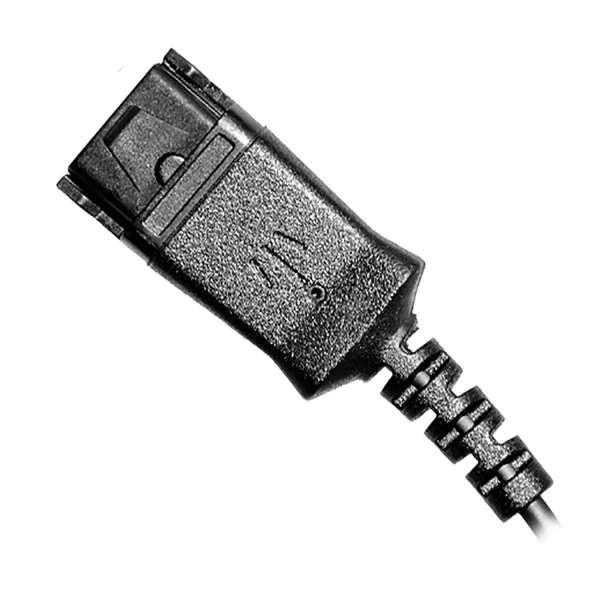
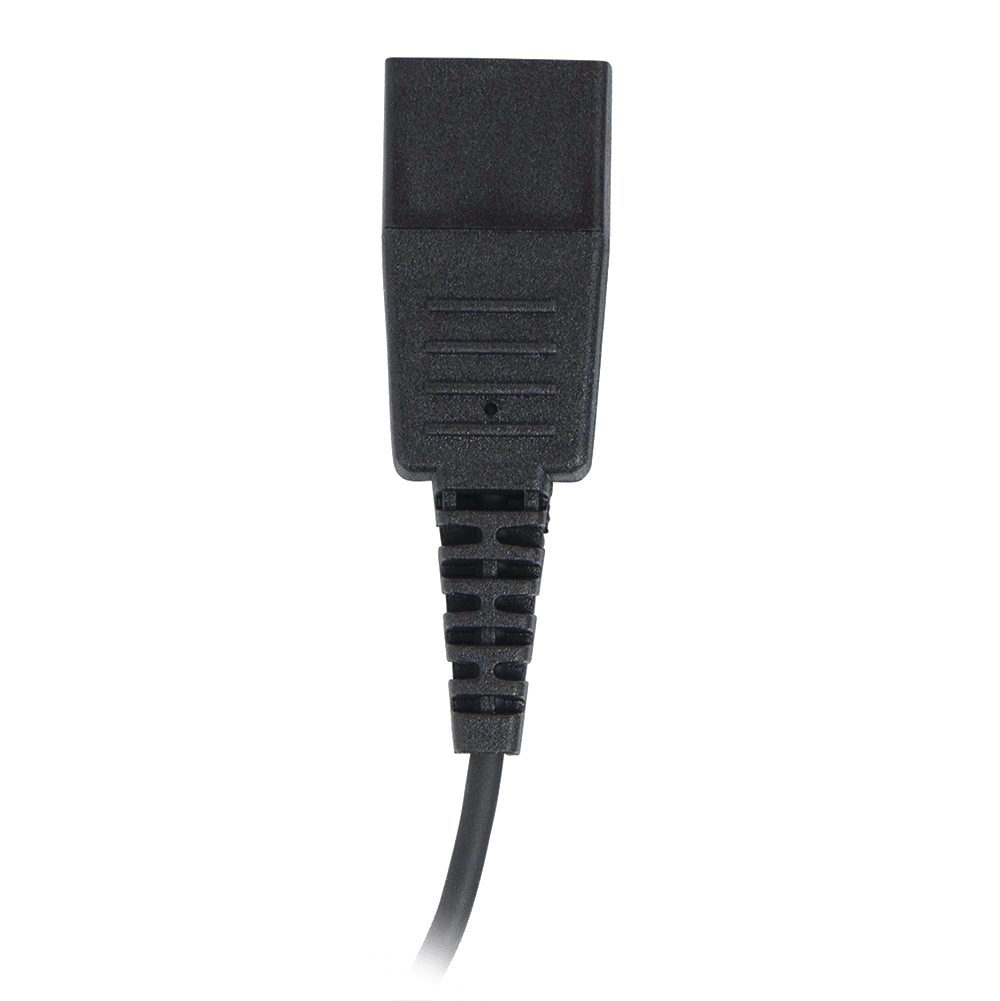
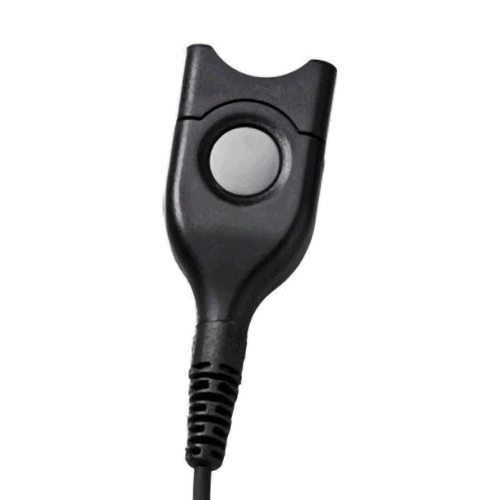
So, tell me more about bottoms!
Those headset bottom cords are the important part in making sure your headset will work with your device.
By having these bottom cords, it is possible for the headset manufacturers to be able to manufacturer one type of headset top and then the customer can purchase a compatible inexpensive bottom cord for their specific system.
At PMC we’ve identified nineteen different types of bottom cord, all cross wired in different ways to suit different phone systems and configurations.
The most common types of bottom cord connectors are as follows
- RJ11 – Lots of cross-wired variants available
- 2.5mm Jack – Standardised
- 3.5mm Jack – Various cross-wired variants available
- USB – USB Type-A or USB Type-C
The RJ11 style is the most common type of headset connector, however there are multiple cross-wired versions of even this simple, relatively standard type of bottom cord connector, so it is important you confirm with your supplier before buying if you’re not sure.
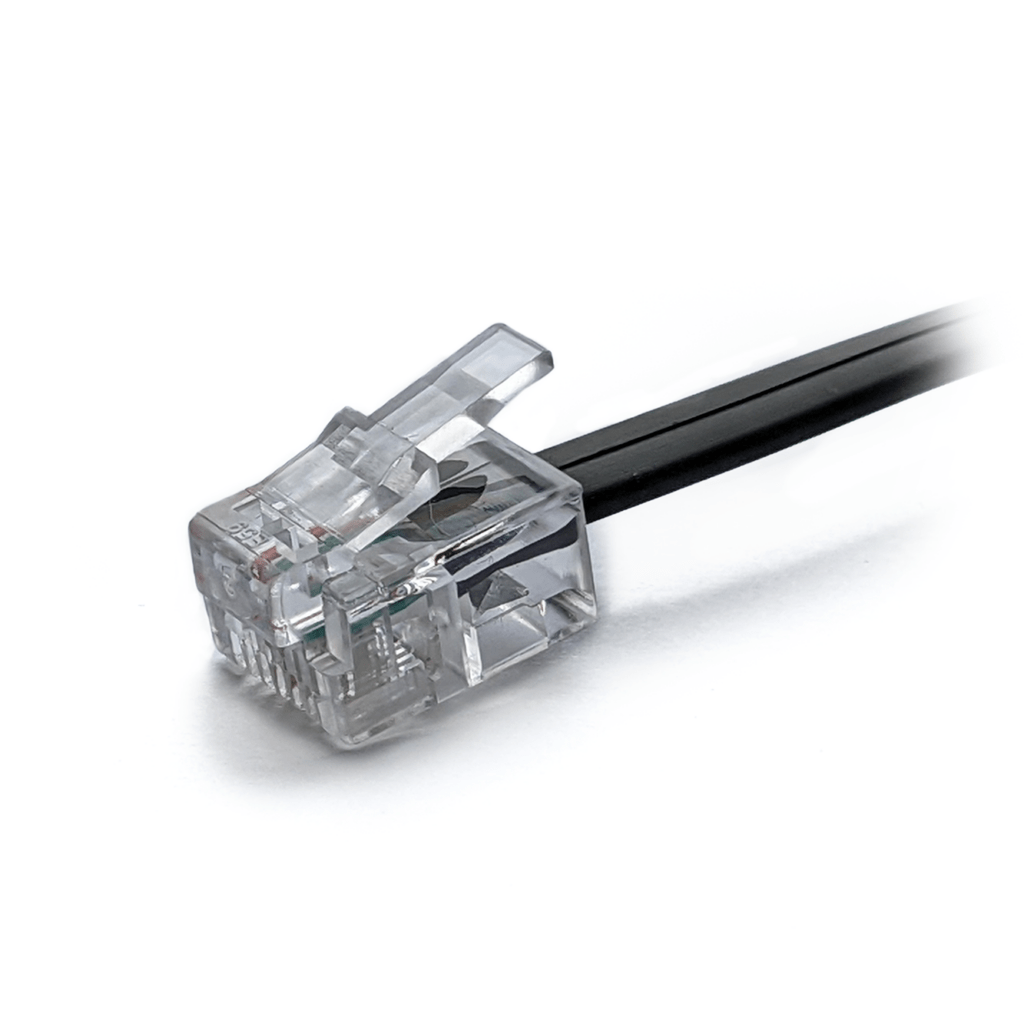
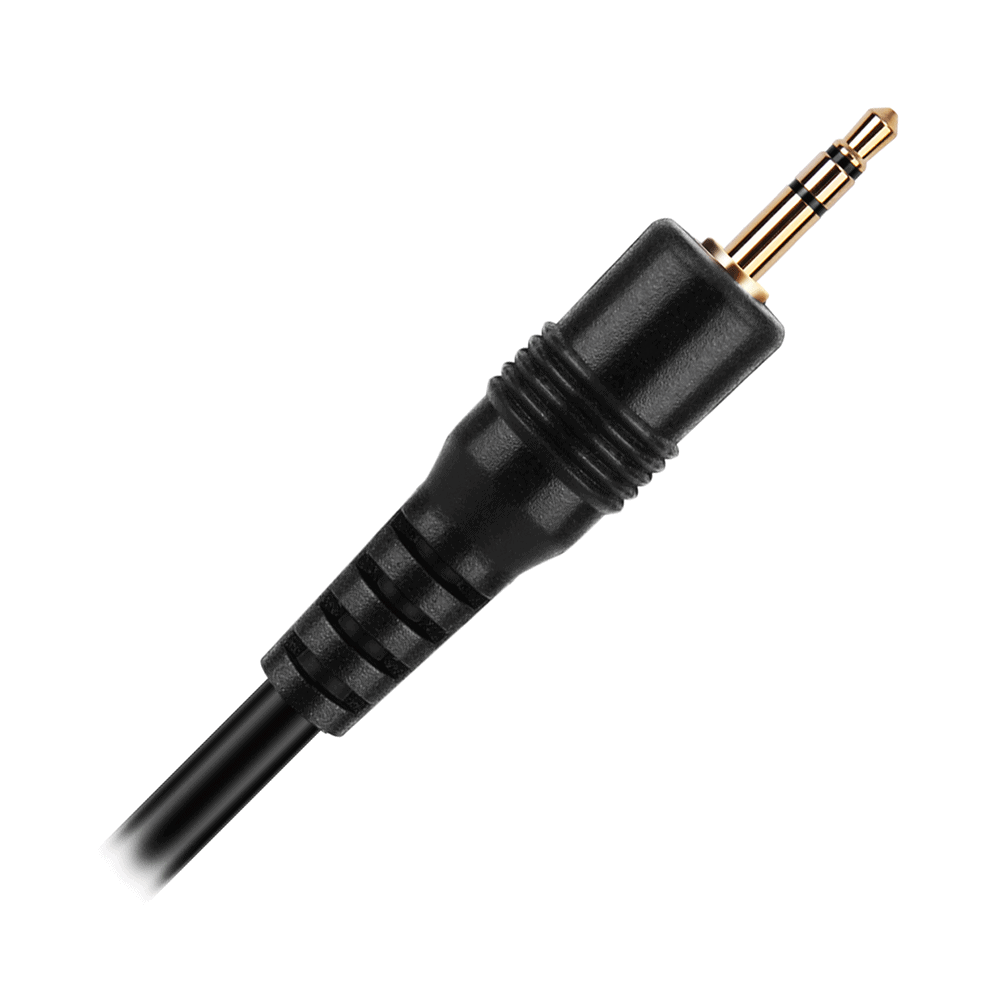
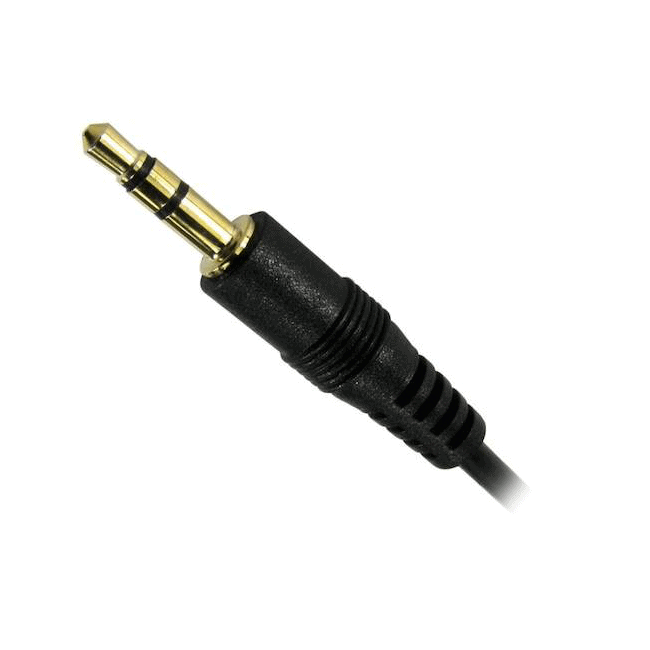
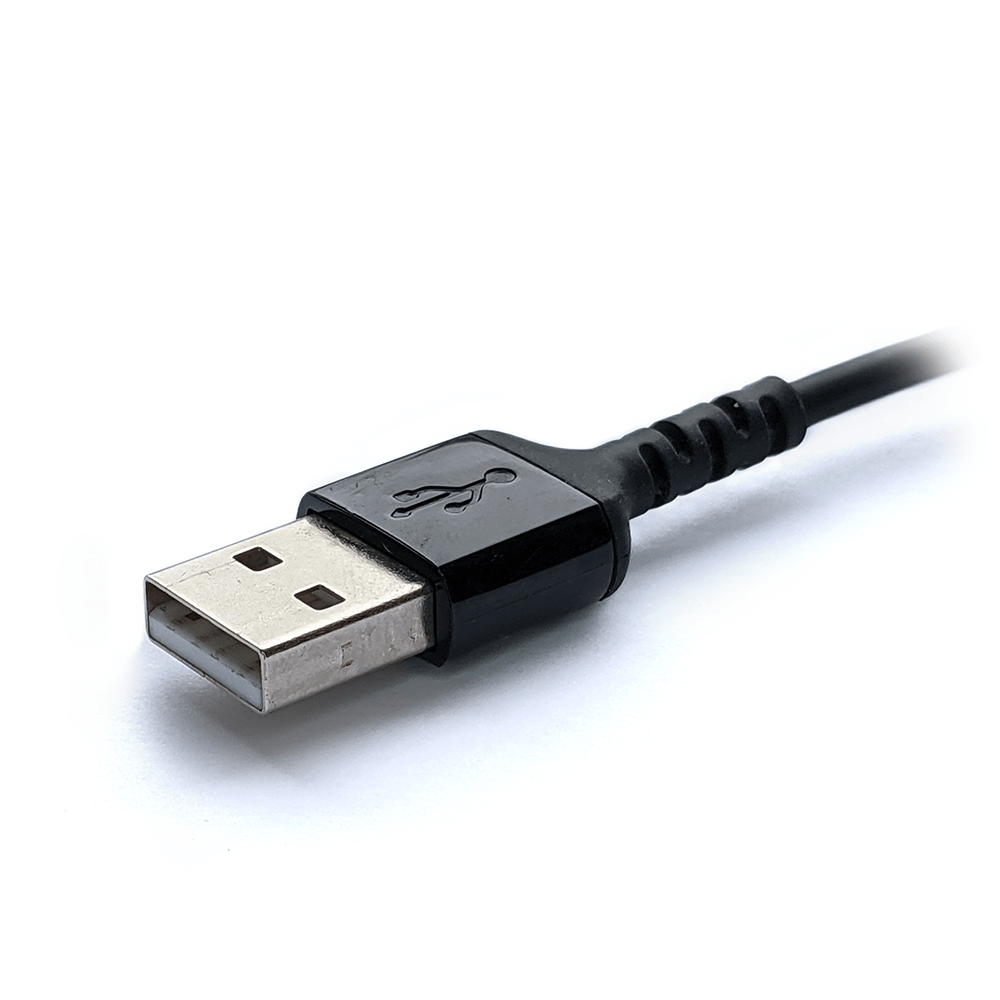
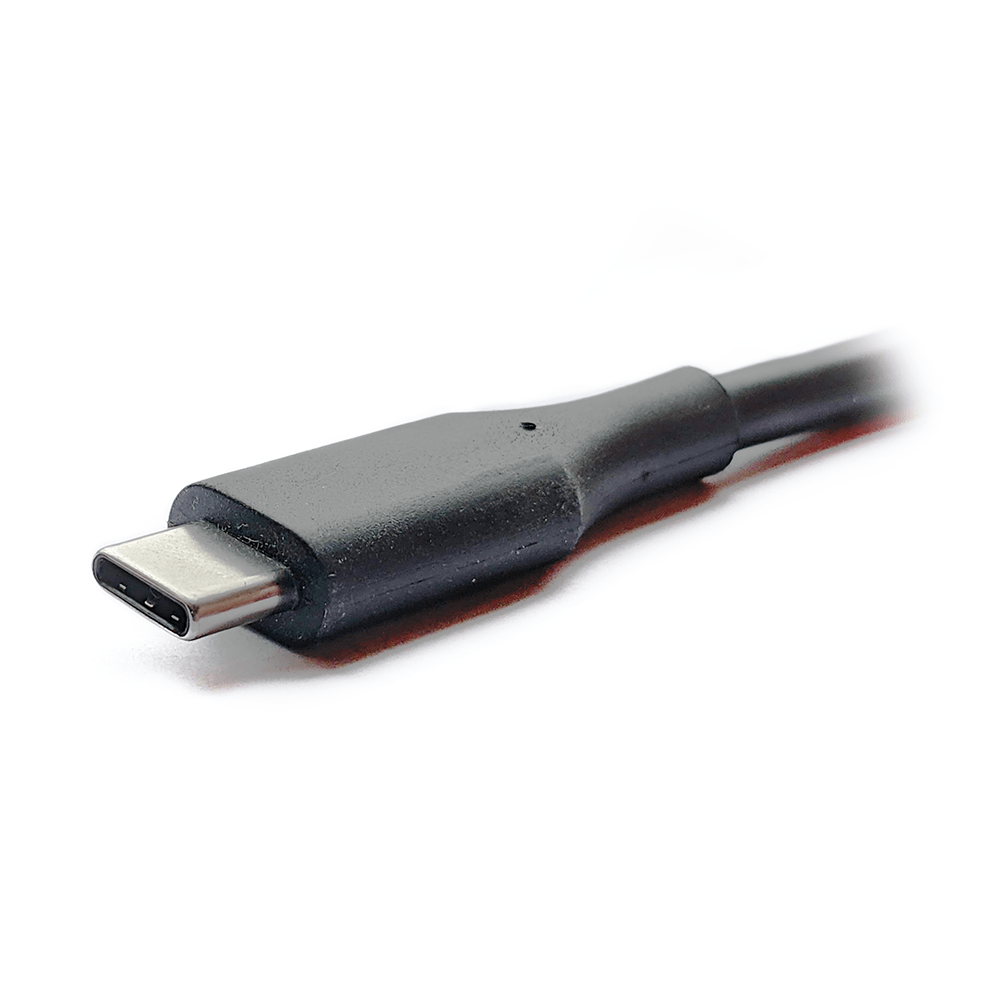
What type of bottom lead do I need to connect my wired office headset to my telephone or PC?
The answer will vary depending upon the type of telephone you are using. It’s important to take note of which type of headset port your phone has (or doesn’t have) so you at least know where to start when selecting your bottom cord.
There are various types of devices on the market, and they are generally split among the following four types:
Modern models of home or office system telephone
RJ11
These types usually have a standard type RJ11 headset port that you can plug straight into. You will usually find this on the bottom, or the side of the phone. The telephone will also usually have a headset button for the user to activate or answer the call via the headset.
It is important to remember that although RJ11 ports all look the same; different system telephones require different cross wiring inside the actual cable to make them work.
Check with your supplier first before buying an RJ11 if you don’t know which model to purchase.
DECT Cordless Phones, some corded phones & system handsets
2.5mm Jack
These of phones often have a 2.5mm headset jack, and are usually found on the side of the phone.
The 2.5mm connector is standardised, so there’s no cross wiring to worry about.
Mobile phones, some corded phones, some PC’s / Laptops
3.5mm Jack
Lots of mobile phones (legacy models of iphones and Google Pixel phones) as well as some versions of desk phones such as Alcatel have 3.5mm jack ports. This the type of connector most people are familiar with, they’ve been around for decades as a standard portable headset jack format, they’re even present in lots of PC’s although usually present with a separate microphone jack in those cases.
There are multiple cross wired versions of 3.5mm connectors so you will need to enquire which type you should buy before a purchase.
PC’s Laptops, Macs etc
USB
Software-based phones (softphone) are typically connected via USB.
There are multiple variations of USB bottom cord with USB-A and USB-C being the most common, although these two are pretty much a standard, all USB headsets should work plug & play. It is worth noting that some pricier USB bottom cord options come with higher grades of amplification built-in to give improved sound and/or noise cancellation.
Dedicated USB Headsets – no bottom cords needed
It’s worth noting that for PC’s, Laptops and Macs, you can forgo the bottom cord palaver altogether and simply purchase a dedicated PC USB headset with no bottom cord to worry about. USB headsets are simple plug & play all the same.
We include bottom cord USB variants in this article for completion as it is an option for some users to use the same headset for their desk phone as well as their PC.
Corded telephones with no headset port
External Amplifier needed
Some corded telephones do not have a headset port, but we can still use a headset with these phones, by connecting the headset to an amplifier box sold separately. If you can unclip your telephone’s handset (this will be an RJ11 connector), then you will be able to use a wired headset with an amplifier. We’ll go into more details on external amplification further down the page.
Useful Note: Telephones with dedicated headset ports have an amplifier built in. Power for this is supplied via the internal network cable they’re connected to via Power over Ethernet (PoE), or for some home/office style phones, via an additional power supply, or ocasionally, batteries.
If my telephone doesn’t have a headset port, can I still use a wired office headset?
If the telephone does not have a headset port, but it is still possible to remove the handset curly cord, then yes, you can use a headset by plugging in an amplifier box, which allows you to connect the headset and your handset to the same port on the telephone.
An amplifier is a separate box that allows you to control the flow of the call – pick up via handset or headset and adjust the volume. Amplifiers usually require extra power so this means batteries (which should last up to about six months depending on usage) or a power supply to plug your amplifier into the mains.
External Amplifiers are simple to use and set-up:
- Unplug handset reciever from the telephone and plug-in the amplifier box.
- Plug in both handset receiver AND headset to the amplifier box.
- The amplifier box will have a button for you to select handset or headset and usually will have volume and mute controls as well.
- With an amplifier box it is a simple job to connect any wired headset directly into most telephones.
Useful note: Amplifiers usually use the most common, basic type of RJ11 bottom cord.
Check first, buy once.
It will save you so much headache, especially if you have a lot of headsets to buy for a contact centre, to check first, buy once.
Once you know the model number or type of bottom cord to buy for your system, going forward it’s much easier for you to order replacements.
If you’re a first-time wired telephone headset buyer with PMC Telecom, then please get in touch with us if you’re not confident with which bottom cord you’re going to need for your telephone.
Our staff have detailed knowledge of each type of system and will be able to advise accordingly.
There’s no easy way to put this, but if you don’t know specifically which model of bottom cable to buy, then always ask your supplier first.
In summary
We hope that our Wired Headset guide has been useful. It can be a daunting prospect to make sure you are purchasing the correct headset for your business, but hopefully we’ve managed to demystify some of that for you to give you a little insight into why telephone headsets are a specialist subject for some.
If you do need more information, please feel free to call us during office hours and our staff will be happy to answer your questions.
0161 737 9898
What are our best Wired office Headsets
We’ve written an entire blod dedicated to our favourite corded headsets for use at home or in the office.
Take a look.
